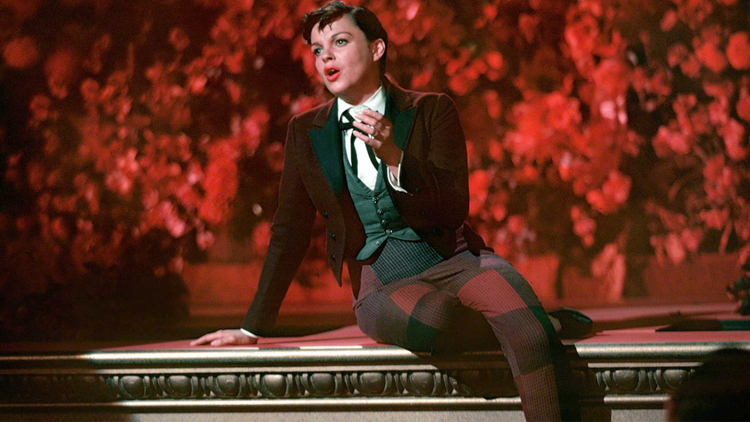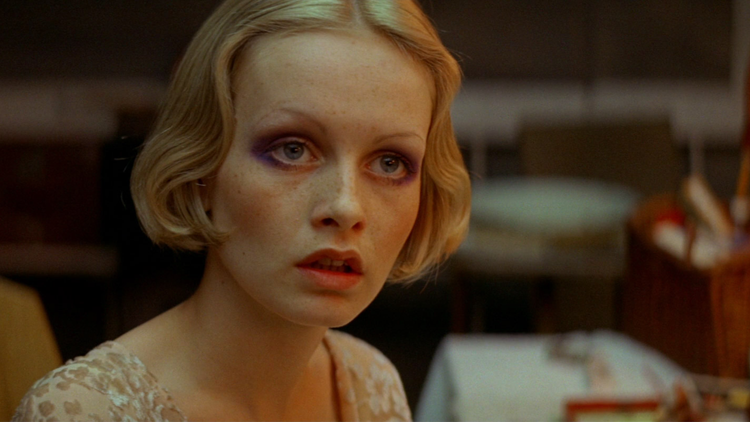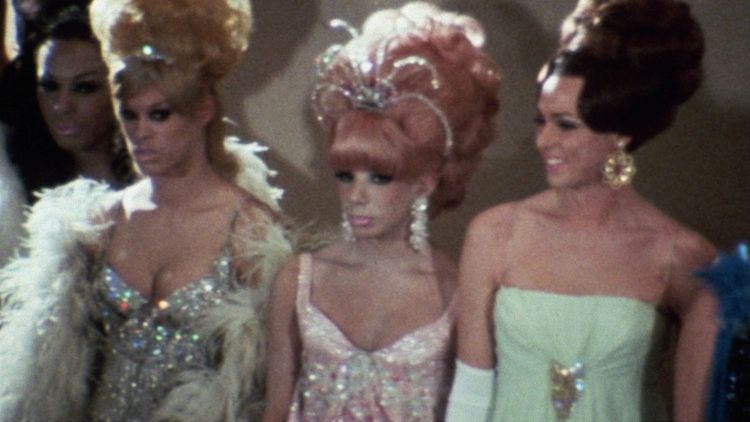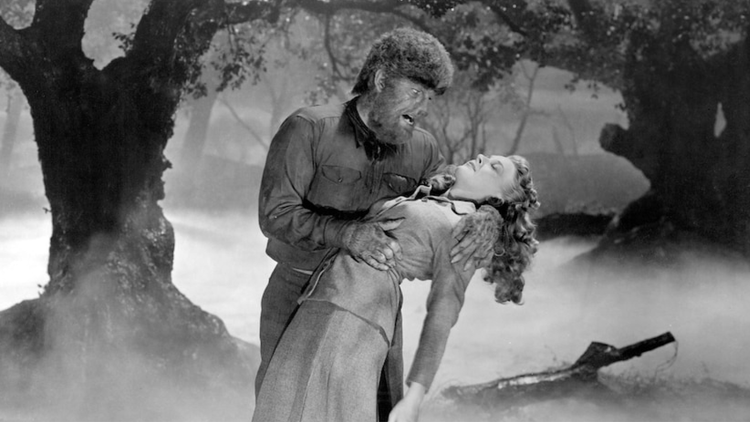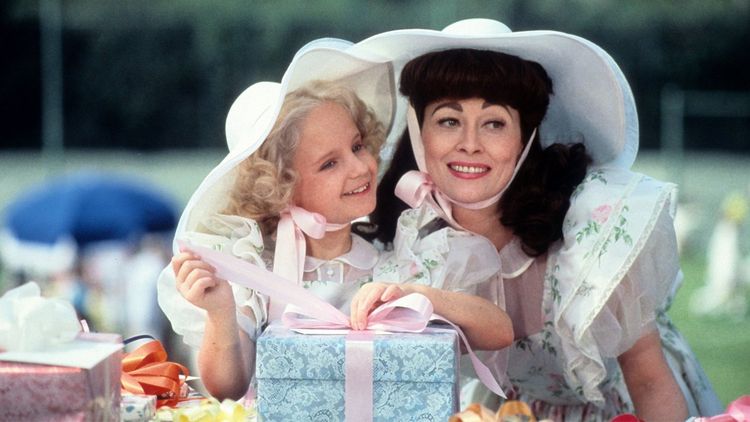Stanley Donen, 'Indiscreet', and the lost art of fun for fun’s sake
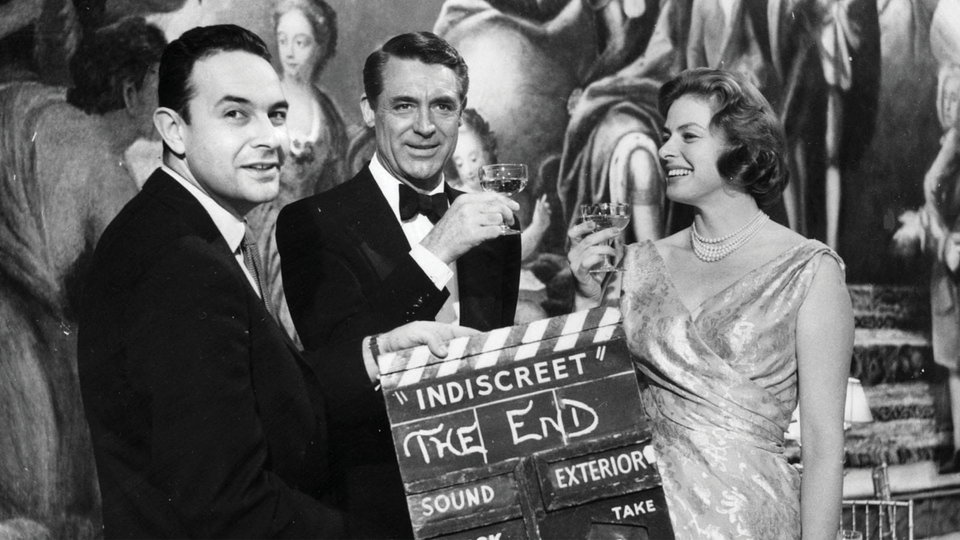
Stanley Donen, who passed away in 2019 at the age of 94, was one of the best directors of Hollywood’s Golden Age whose name you may never have heard of. Unlike Vincent Minnelli, Frank Capra or Alfred Hitchcock, whose names evoke both film titles and signature styles, no one talks about a ‘Donen-esque’ approach to movie-making. There is no ‘Donen School’.
And yet, from the time MGM plucked him, along with Gene Kelly, away from the Broadway chorus line in 1943, the dancer-turned-director created a string of hit musicals that helped define the era; On The Town (1949), Royal Wedding (1951), Seven Brides for Seven Brothers (1954), and Funny Face (1957), to name a few. Chief among them was Singin’ In The Rain (1952), the MGM musical-comedy starring Kelly that spoofed Hollywood’s rocky transition to ‘talking pictures’ and economically recycled the studio’s song catalogue from 1920s and 1930s. The film went on to become one of the most beloved movies of all time.
Singin’ In The Rain was definitely one of my favourites when I was a kid. As one of the old movies my dad recorded off TV for us, I probably wore out the tape. I loved the slapstick comedy, the campy Jazz Age-by-way-of-the-1950s costumes (a lot of sequins and fringe!), and the villain turn from the underappreciated Jean Hagen as Lina Lamont, a squeaky-voiced silent movie star whose career is threatened by the arrival of sound. There was also, of course, the great music and Kelly’s signature joyful, athletic dancing -particularly in the title song- as he famously splashes around a rain-soaked street with an umbrella as a dance partner. If there’s an essential Donen element it’s that - leaving space for scenes that may be unnecessary for the plot but that evoke goofy, good-to-be-alive joy.
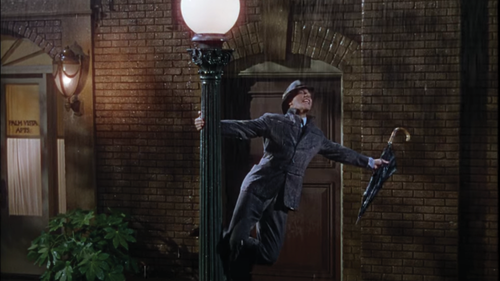
In It’s Always Fair Weather (1955), his otherwise downbeat musical about a trio of WWII buddies who reunite after a decade to discover they no longer have anything in common, it’s the musical number “I Like Myself’, where Kelly manages to tap dance in roller-skates as he glides down the streets of New York. That film, his last collaboration with Kelly, can in hindsight be watched as a swan song to a whole era, one of the last mid-century musicals before the arrival of rock ‘n roll and the crumbling of the studio system.
Another family favourite from Dad’s movie closet was Charade (1963), a stylish comedy-thriller with Audrey Hepburn and Cary Grant. The film boasts a twisty-turvy plot that features multiple faked identities, Grant showering with his clothes on, and lots of running around the streets of Paris. With its European setting and mix of suspense and humour, Dad dubbed Charade the “best Hitchcock movie” despite not being a Hitchcock movie.
It was only as a young adult I learned Donen directed Charade and I was shocked that I had never connected the dots that two of my favourite movies were made by the same person.
One factor that complicates Donen’s legacy was his close collaboration with Kelly, who contributed greatly to their films together (even credited as co-director on Singin’ in the Rain), leading to questions about which man was really responsible for how they turned out. Of course, that doesn’t account for the good movies Donen made without Kelly in the 1960s, like Charade and Two For The Road (1967), which inventively tells the story of a marriage by jumping back and forth through time between the spouses’ various road trips through Europe.
Donen himself was humble about his talents. When accepting his honourary Oscar in 1998, he explained his approach to movie making by giving credit to the stars and those who write the script and songs. “And when filming starts,” he said, “you show up and you stay the hell out of the way. But you’ve gotta show up. You’ve gotta show up, otherwise you can’t take the credit and get one of these fellas.”
To be honest, this acknowledgement of the collaborative nature of filmmaking, particularly as it existed during the studio system, rings more true to me than the director-as-singular-visionary auteur theory.
On April 10th, Revue Cinema screens Donen’s Indiscreet (1958) as part of its Destination Love Series. The film stars Cary Grant and Ingrid Bergman, who had first been paired in Hitchcock’s Notorious (1946) in which they played spies tasked with infiltrating a group of wealthy fascists in post-WWII Rio de Janeiro. It’s fair to say Indiscreet is significantly fluffier.
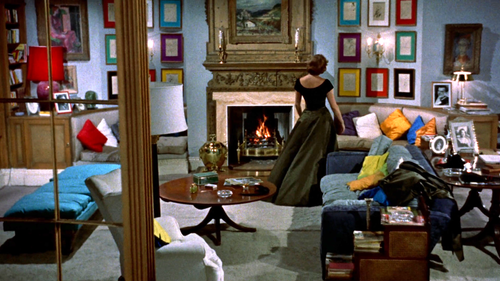
Bergman plays Anna Kaglan, a successful stage actor living in London in a fabulous townhouse apartment. You can tell Indiscreet is based on a play (there are a lot of stagey scenes in her flat) so it’s fortunate her interior decorating steals the show. One night en route to a formal function her friends introduce her to Philip Addams: a charming and handsome economist naturally played by Grant.
Unfortunately, Philip is married, although estranged from his wife. Despite this, the two end up on a series of dates and Anna seriously considers what life would be like as Philip’s mistress. But just as she gets comfortable adopting the compromised morals of a worldly sophisticate, the viewer finds out that Philip is not actually married, but rather it’s just something that he says to keep women from becoming too attached.
It’s nice seeing Grant romantically paired with a contemporary and not a woman twenty years younger than him, which happened a lot in the second half of his career. But overall, Indiscreet feels a bit stuffy. When the characters manage to break out of Anna’s apartments, they dine at black tie supper clubs and attend classical music concertos. Indiscreet is missing the youthful zip that gives Charade its verve. And this adult formality fits oddly with the sitcomy overreactions and crossed-wire misunderstandings that make up the finale, which may have been more believable with younger actors.
But, happy to report, the Donen touch is there. One of the most memorable scenes occurs when Anna and Philip attend a diplomat gala during which a synchronized folk dance gradually turns into an opportunity for Grant to jump around and kick his legs in some sort of modified highland fling. There’s a touch of Charlie Chaplin in his movements, particularly when he almost slips on the marble floor. Like Gene Kelly dancing in the rain, the sequence is unneeded for the plot - it’s just a lot of fun.
Max Mosher is a writer, communications specialist, and Old Hollywood Correspondent for The Town.

